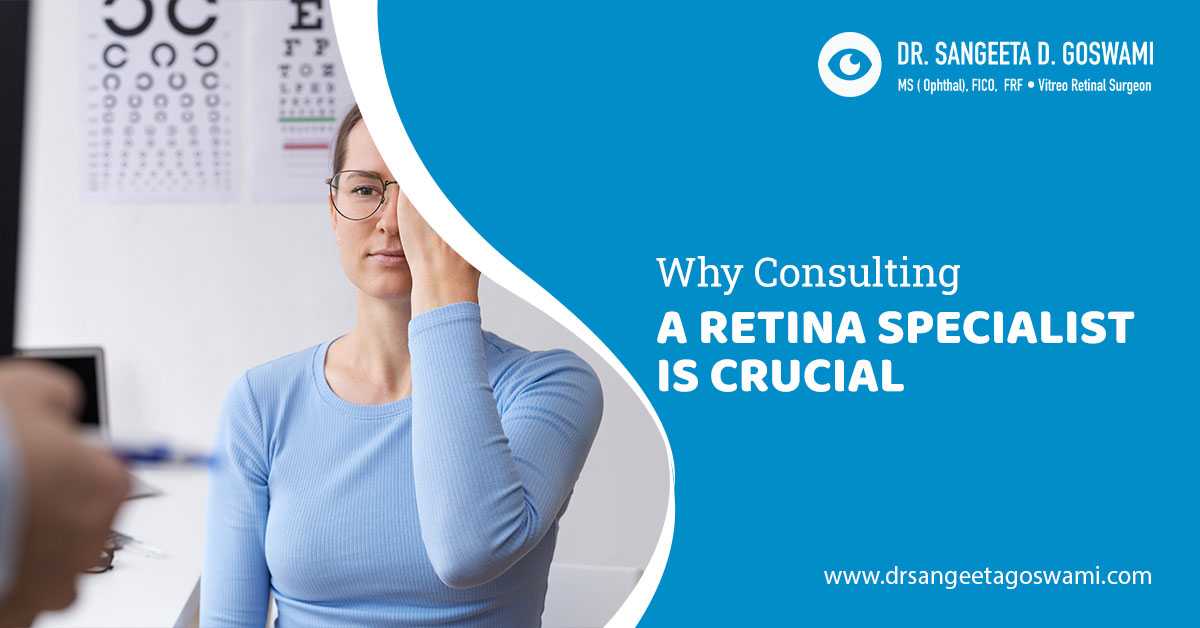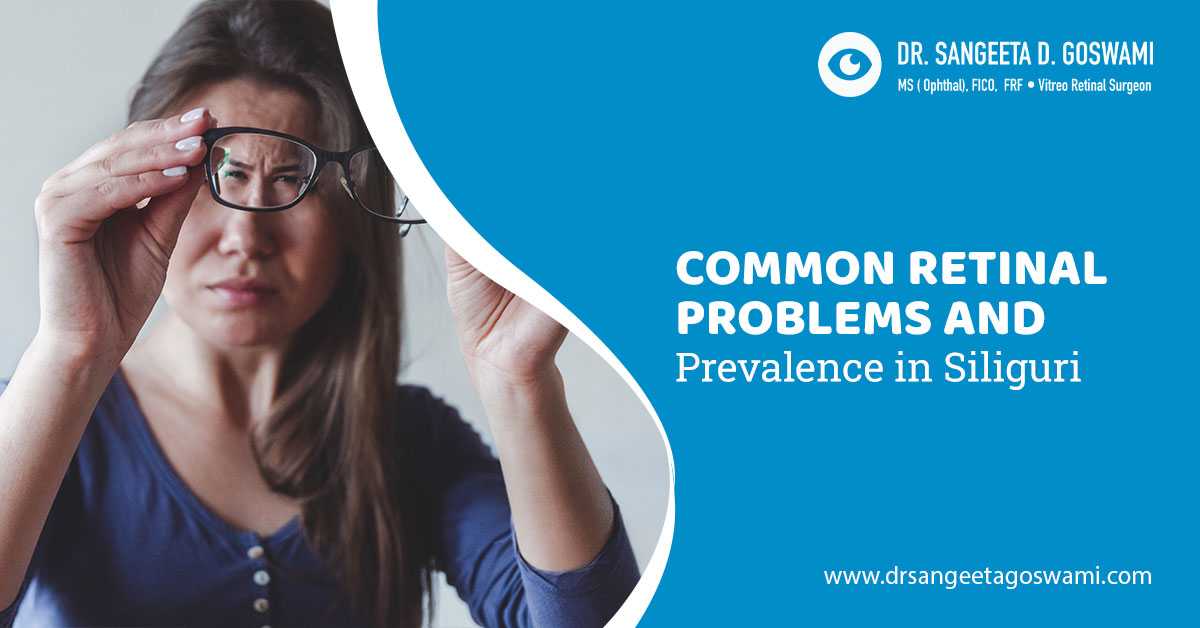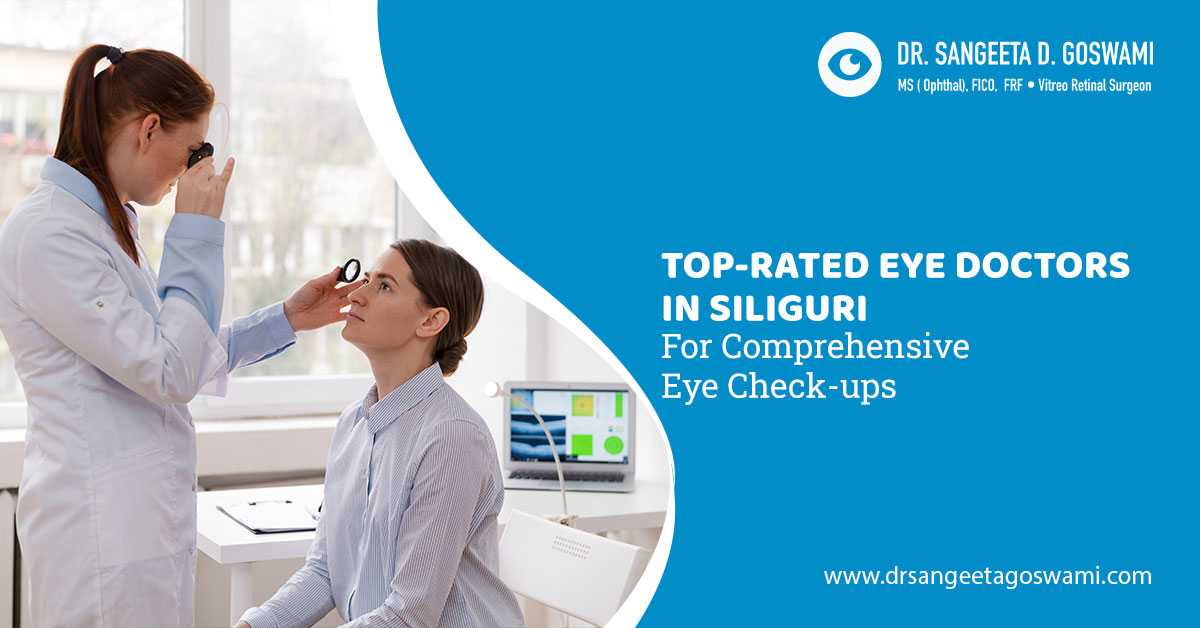The back portion of your eye is called the retina. Veins and arteries share their space in your retina. The vein is softer than the arteries. While glaucoma or high blood pressure creates pressure and the vein gets collapsed. Blood can no longer be out from your eye and it clots in your retina.
The function of the retina is to carry lights and send messages to your brain. It carries oxygen and nutrients to maintain your eye health. If you feel blurred or fussy vision, contact immediately with your best retina doctor in Siliguri. Don’t let it down otherwise, it’ll worsen your power of vision.
Persons who have high blood pressure, diabetes, glucoma, and acute myeloma tend thick blood that may clot in the retina and create central retinal vein occlusion (CRVO).
Central Retinal Vein Occlusion: Symptoms
Blurred vision is a common symptom of CRVO. If you have mild CRVO you may not have any symptoms. Severe CRVO has redness of the eye and pain. If you have any of these symptoms contact a retina doctor immediately, as early treatment can recover your chance of blindness.
Central Retinal Vein Occlusion: Causes
There is no particular reason lies behind CRVO. While your veins don’t receive proper blood flow or blood clot suddenly due to thickness, CRVO appears in your retina.
If your retina cannot receive proper blood flow it cannot maintain the oxygen balance and as a result, the protein named vascular endothelial growth factor is released excessively. Excessive secretion of endothelial growth factors can also cause macular edema.
Central Retinal Vein Occlusion: Diagnosis
Using an eye drop your retina doctor dilated pupils and examines CRVO and other eye diseases. Fluroscein angiogram is another test that your eye doctor may refer to check CRVO. During this test, your healthcare provider injects a special dye into your arm. The dye travels from your arm to your eye. By using the special camera the doctor captures images of your retinal veins.
Another CRVO test is optical coherence tomography, where your retina doctor takes images of your retina This image can show the swelling area of your eye. After locating the swelling area your eye doctor makes a treatment plan.
Central Retinal Vein Occlusion: Treatment
There is no chance to cure CRVO completely. Treatment can prevent you from vision loss and reduce your symptoms. Early diagnosis can prevent your eye from vision loss. Treatment options include:
Anti-VEGF drug is injected into your eye to reduce swelling. A few people need one injection but the maximum number of people requires more than one injection. Sometimes the doctor uses steroids along with the injections.
If your CRVO is severe your retina doctor in Siliguri advises you for pan-retinal photocoagulation, a type of laser treatment. Burnt a portion of your retina this treatment reduces bleeding and influences high pressure in your eye.
Researchers are now finding out the latest treatment to cure a patient from CRVO completely. However, some patients need treatment after 5 years. This is the reason, a CRVO patient needs continual medical check-ups even after the completion of treatment.




